Signs And Symptoms Of Witches' Broom On Trees And Shrubs
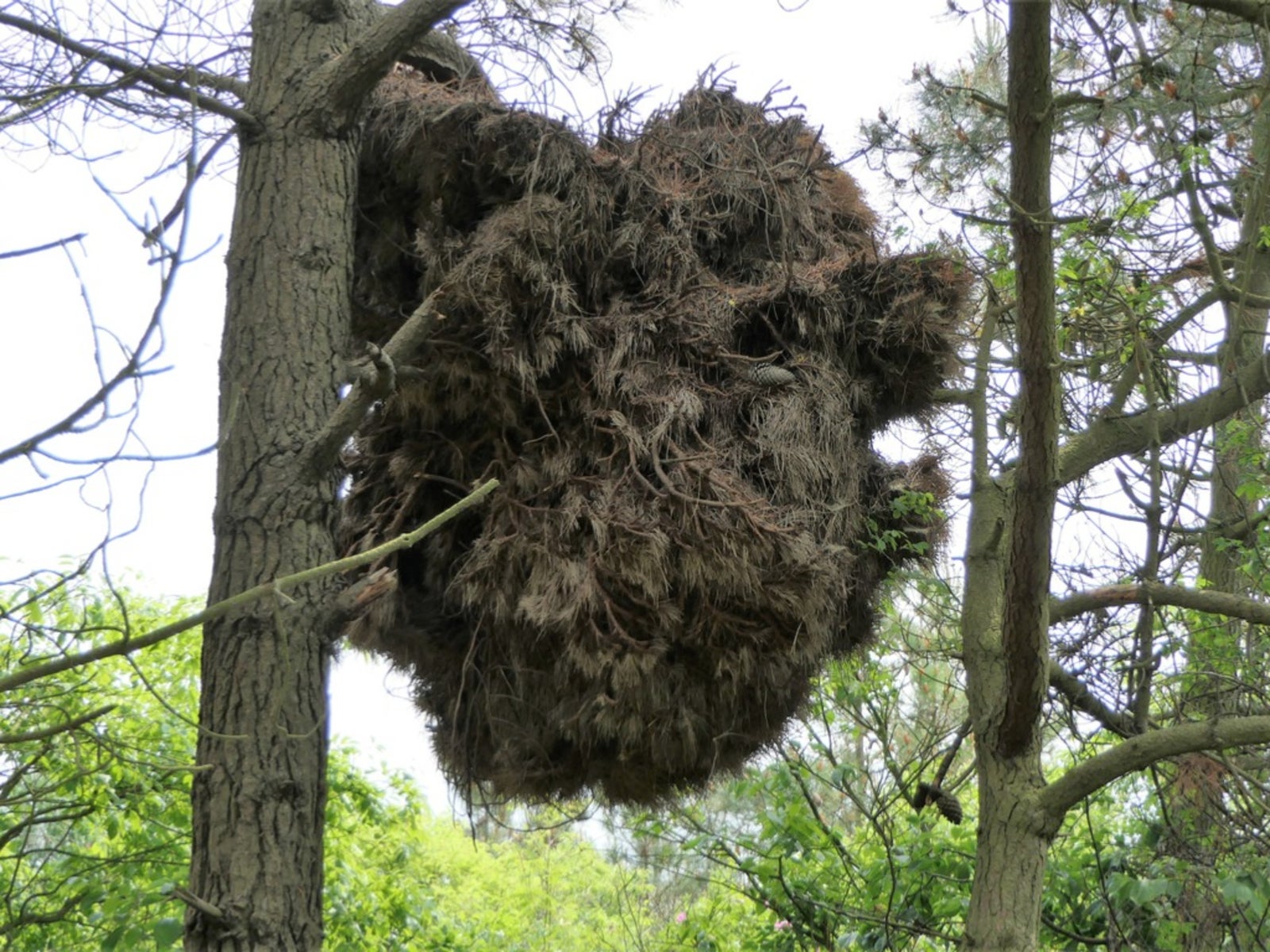

Ever seen those odd-looking, broom-like distortions in a tree? Perhaps it's one of yours or in a tree nearby. What are these and do they cause any harm? Keep reading to find out more about the signs and symptoms of witches' broom disease.
What is Witches' Broom Disease?
Witches' broom is a symptom of stress found in woody plants, mainly trees, but it also affects shrubs as well. This includes deciduous trees and shrubs as well as conifers and evergreen varieties. The stress results in a deformed mass of twigs and branches, which appear broom-like in appearance. As brooms were once fashioned together from bundles of twigs and since witches were presumed to be responsible for anything unusual, these abnormalities became known as witches' brooms.
What Causes Witches' Brooms?
Witches' broom disease is not caused by witches, however. They're actually caused by stress that is brought on by pests or diseases. This includes anything from mites, aphids, and nematodes to fungi, viruses, and bacterial organisms (phytoplasmas). In addition, parasitic plants like mistletoe, which cause stress to host trees, can lead to the formation of witches' brooms. Environmental factors may also be to blame, and some are caused by genetic mutations. Generally, the type of tree/shrub is a good indicator of its causal agent. For instance, pine brooms are commonly caused by rust fungus. Fungal infections can also affect cherry trees and blackberry bushes, forming broom growth. Peach trees and black locusts can be affected by viruses that can result in witches' brooms. Hackberry trees can get brooms as well, and these are normally caused by both fungus and mites. Mites can also be responsible for witches' brooms in willow trees. Aphids are generally to blame for these deformities in honeysuckle shrubs, while phytoplasmas lead to the disease in ash and elm trees.
Witches' Broom Signs and Symptoms
Witches' broom can be easily identified by the dense clusters of twigs or branches, which grow from a central source—resembling a broom. It is best seen on deciduous trees or shrubs when they are not in leaf. While needled trees, like pines, may consist of denser needles. There may be only one broom seen, or in some cases, there may be many. Some may be large, while others may appear quite small and less noticeable.
Witches' Broom Treatment
Witches' broom can occur for several months to several years, and while it may be unsightly to some people, it really poses no serious threat to the tree or shrub affected. There is currently no cure or treatment for witches' broom. You can, however, prune out the broom growth several inches (7.5 cm.) below the point of its formation, if desired.
Gardening tips, videos, info and more delivered right to your inbox!
Sign up for the Gardening Know How newsletter today and receive a free copy of our e-book "How to Grow Delicious Tomatoes".

Nikki Tilley has been gardening for nearly three decades. The former Senior Editor and Archivist of Gardening Know How, Nikki has also authored six gardening books.
-
 Try The Trend – Turn Any Bed Into A Keyhole Garden With This Clever In-Ground Composter
Try The Trend – Turn Any Bed Into A Keyhole Garden With This Clever In-Ground ComposterKeyhole gardening is an efficient and sustainable practice that saves space. Get started on this DIY project quickly and easily with an in-ground composter.
By Bonnie L. Grant
-
 4 Superfast Composting Methods: Turn Waste Into Garden Gold In 30 Days Or Less
4 Superfast Composting Methods: Turn Waste Into Garden Gold In 30 Days Or LessTry the fastest composting methods to turbocharge your pile and transform kitchen scraps and garden waste into finished compost in just a few weeks.
By Mary Ellen Ellis
-
 Best Trees For Carbon Sequestration And Climate Change
Best Trees For Carbon Sequestration And Climate ChangeLet’s keep planting trees. They are our best bet for capturing carbon and may help with our global warming issues.
By Teo Spengler
-
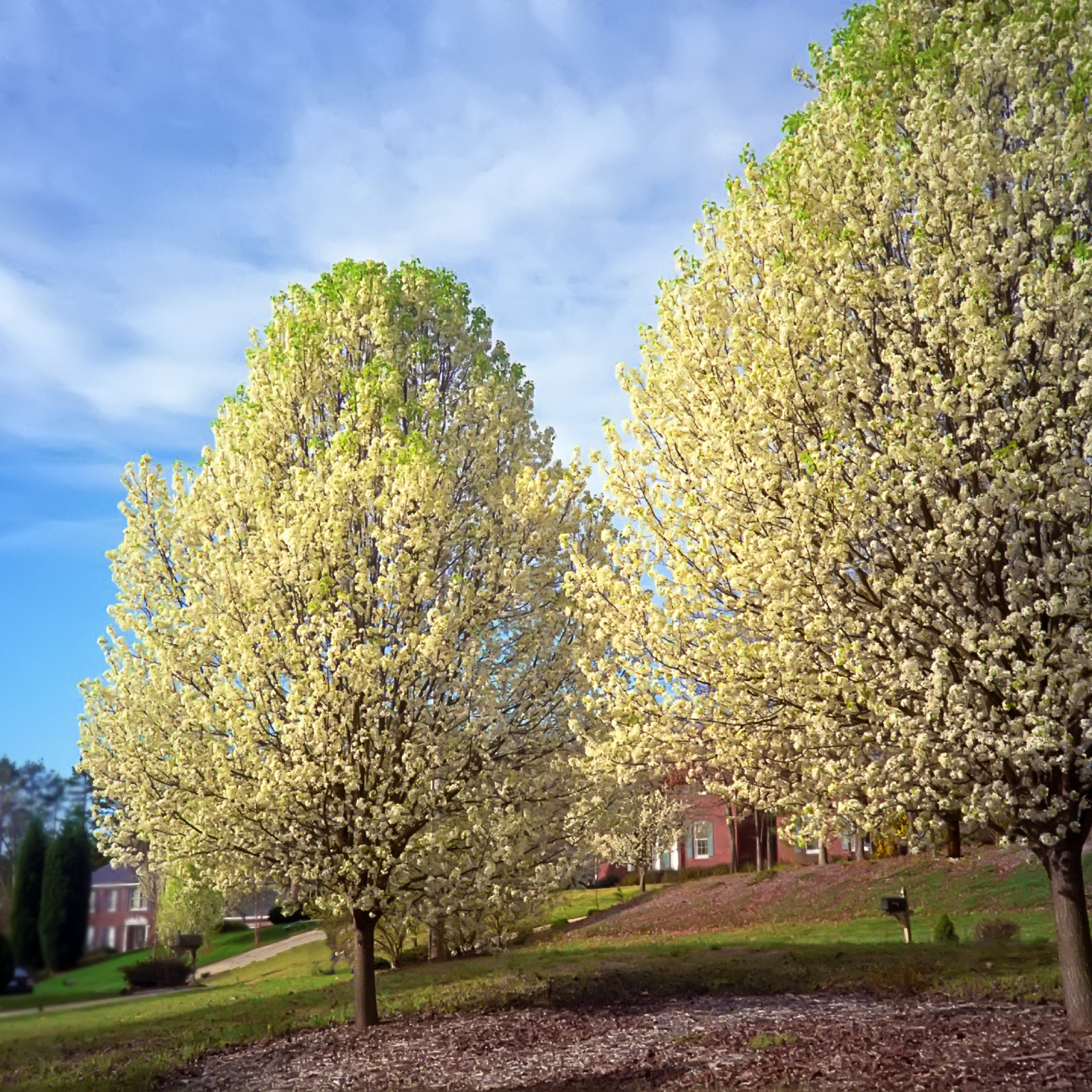 7 Invasive Trees You Should Never Plant In Your Yard Or Garden
7 Invasive Trees You Should Never Plant In Your Yard Or GardenWhat are some invasive trees you should never plant in your yard? Click here to find out.
By Teo Spengler
-
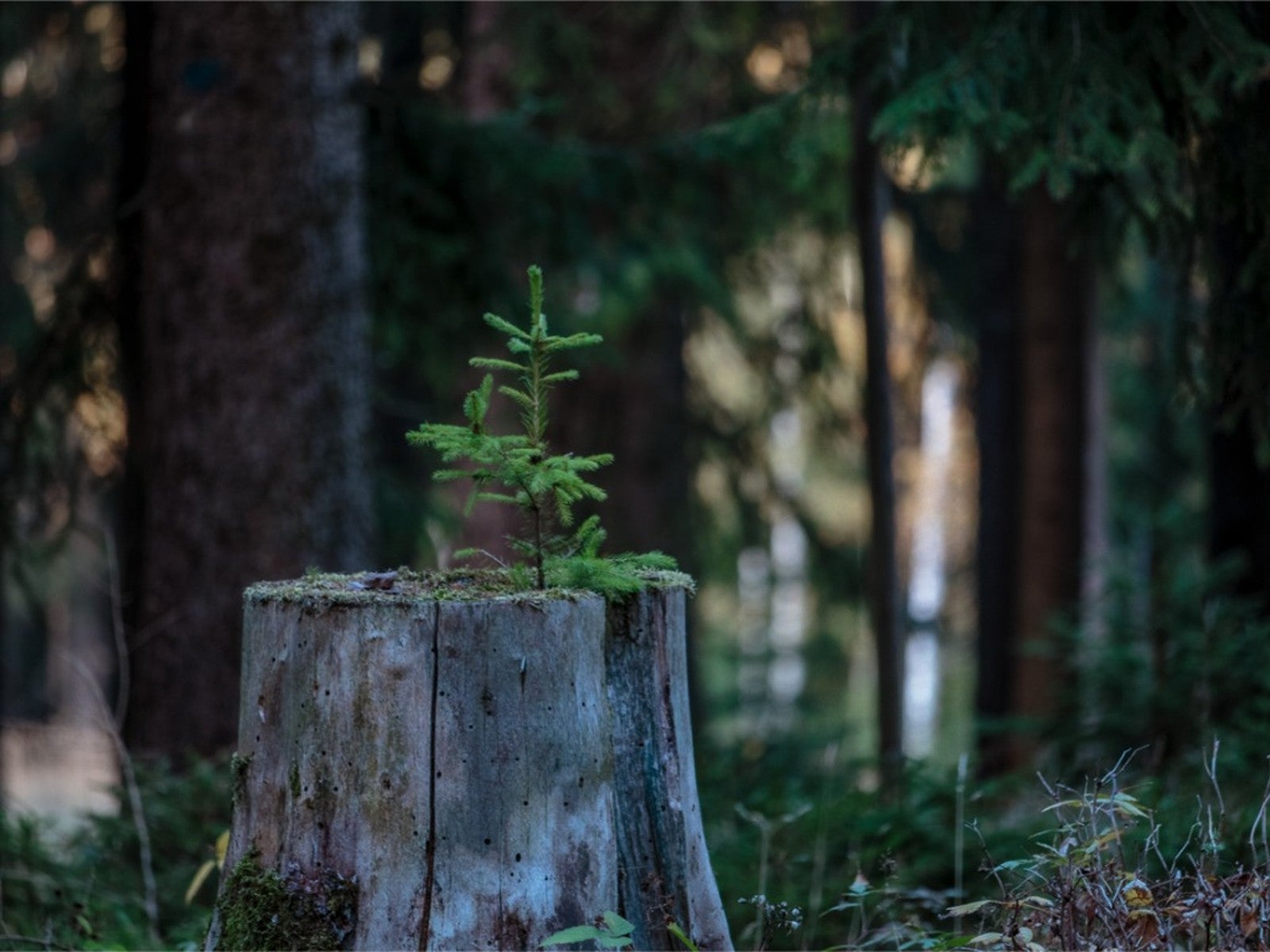 How Close Can You Plant A Tree To A Stump?
How Close Can You Plant A Tree To A Stump?Looking to plant new trees near old stumps or where stumps have been removed? Click here to learn how.
By Teo Spengler
-
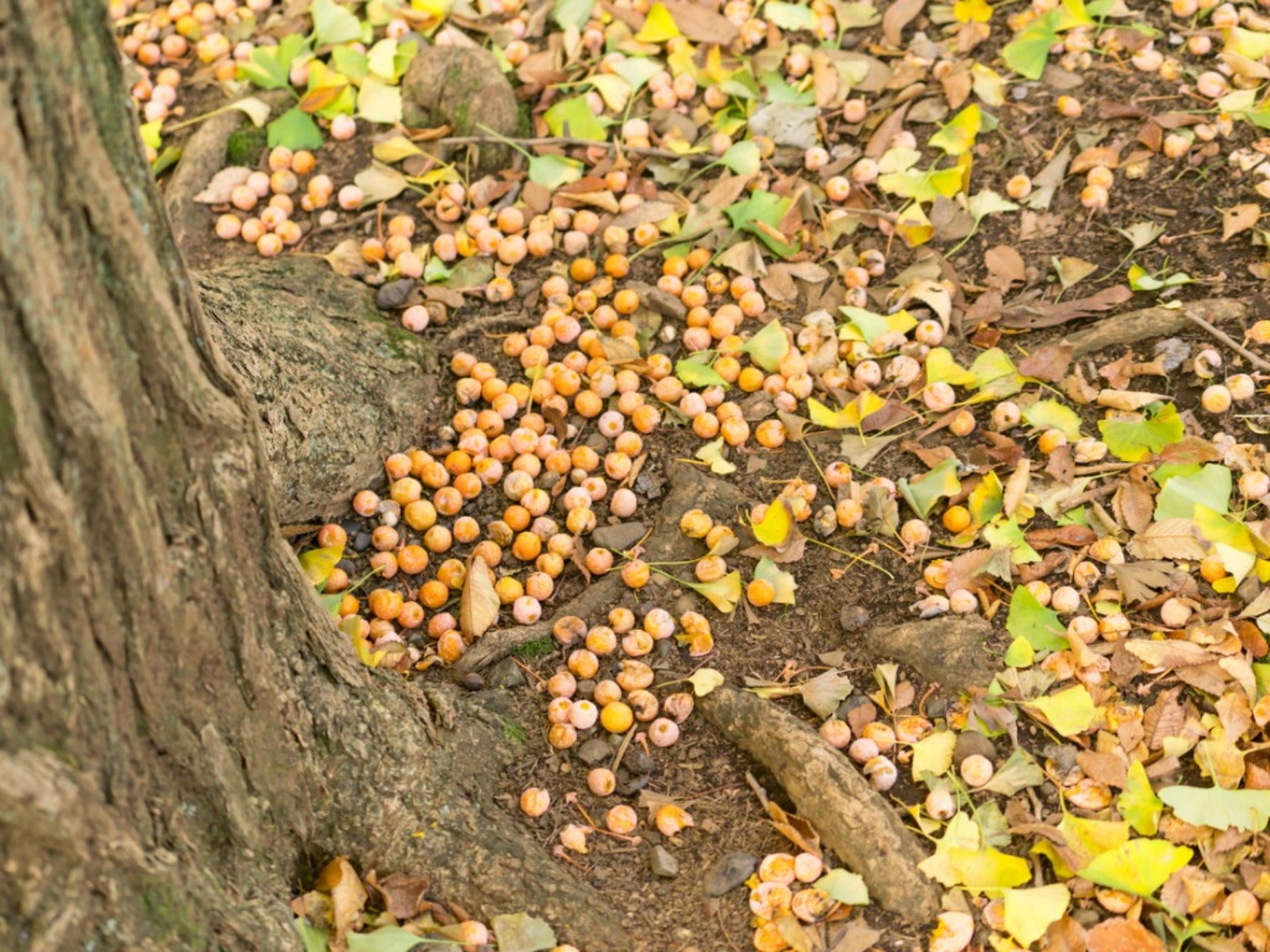 Messiest Trees That Drop Debris Everywhere
Messiest Trees That Drop Debris EverywhereWant to know which trees will create the biggest messes in your home landscape? Click here to find out.
By Amy Grant
-
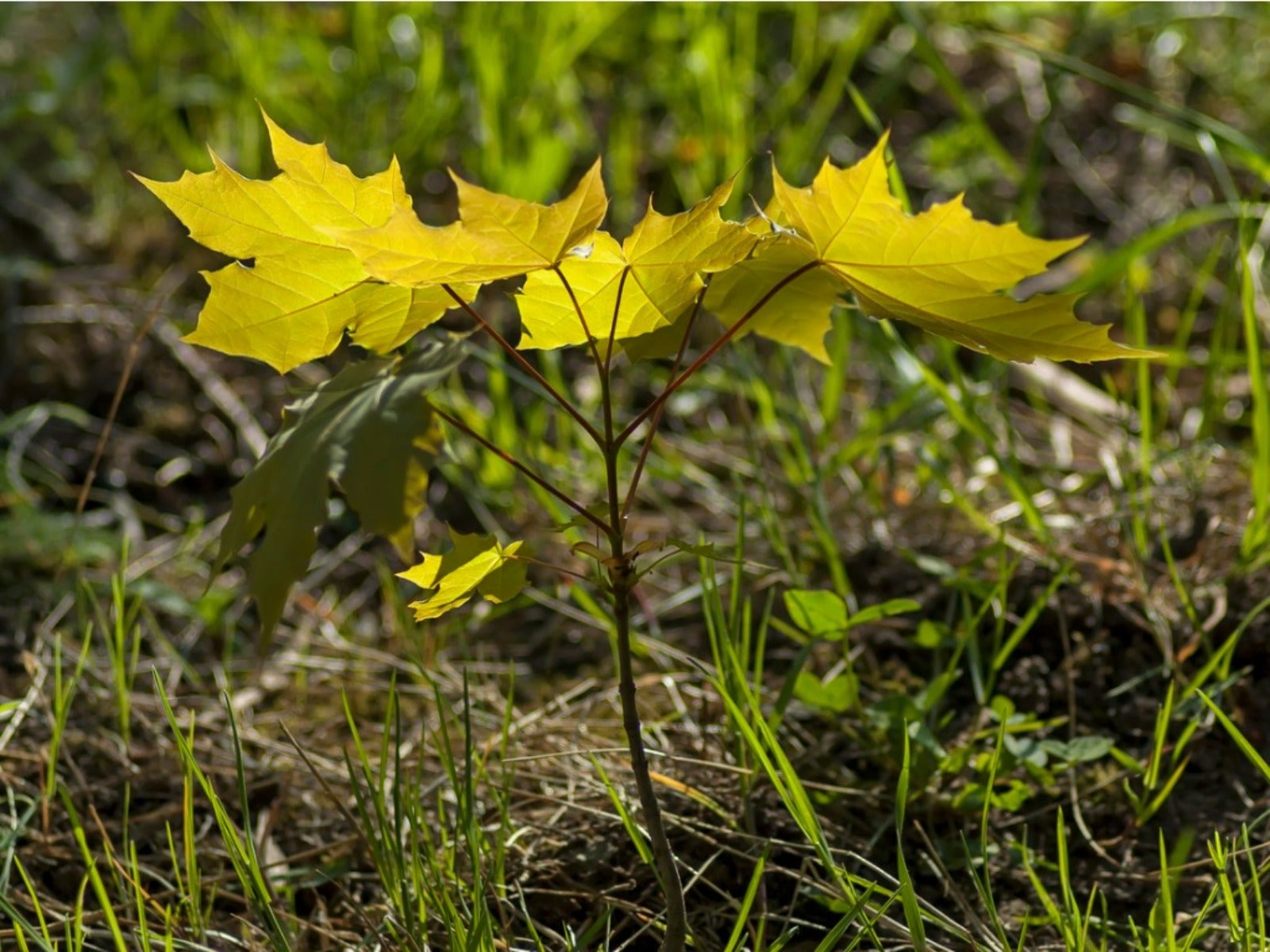 How To Get Rid Of Tree Sprouts In The Yard From Nearby Trees
How To Get Rid Of Tree Sprouts In The Yard From Nearby TreesLearn the simple way to keep pesky tree seedlings in your lawn from becoming saplings.
By Teo Spengler
-
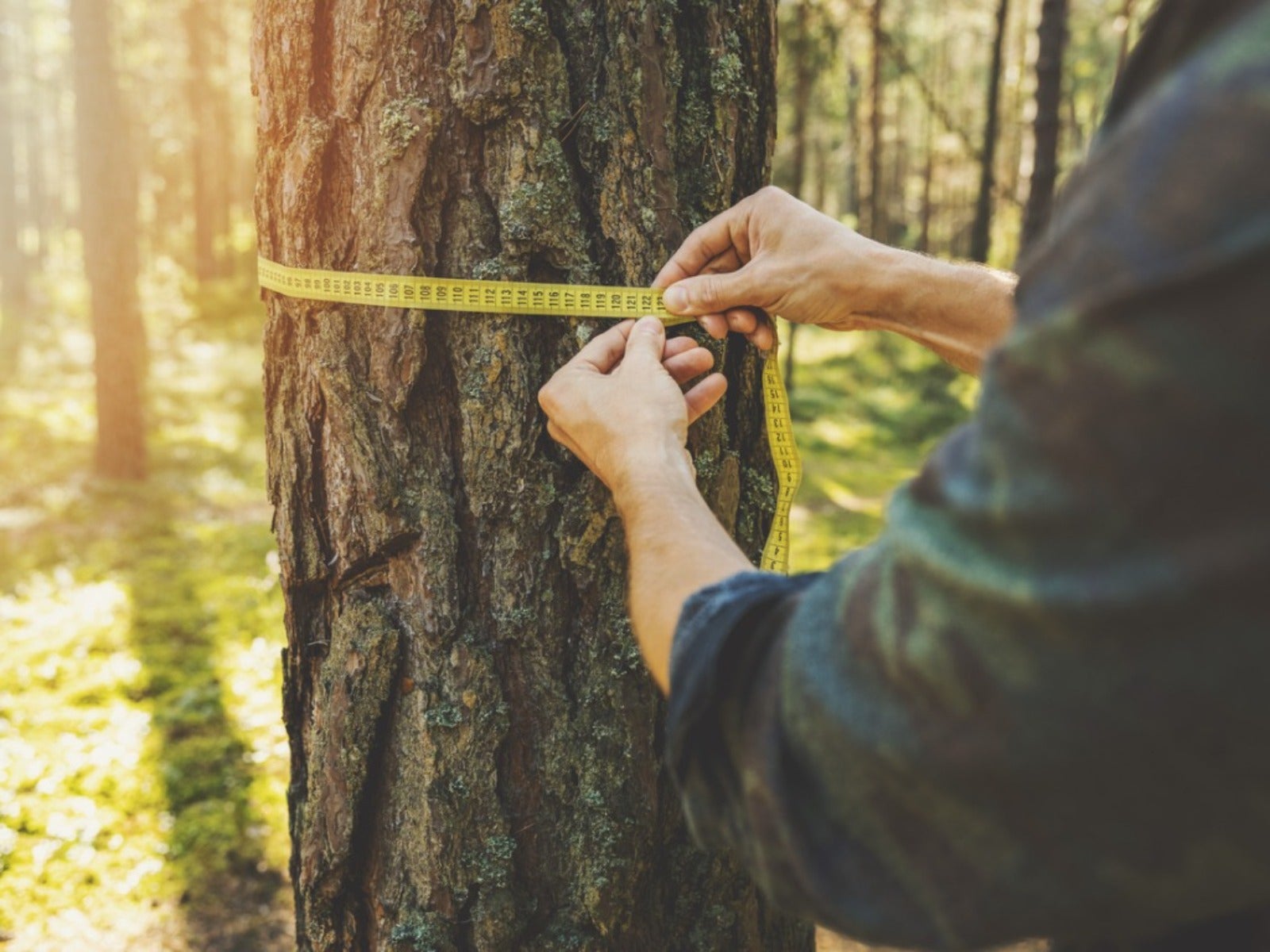 How To Tell How Old A Tree Is
How To Tell How Old A Tree IsEver wondered how to calculate the age of a tree? Click here to learn all about it.
By Teo Spengler
-
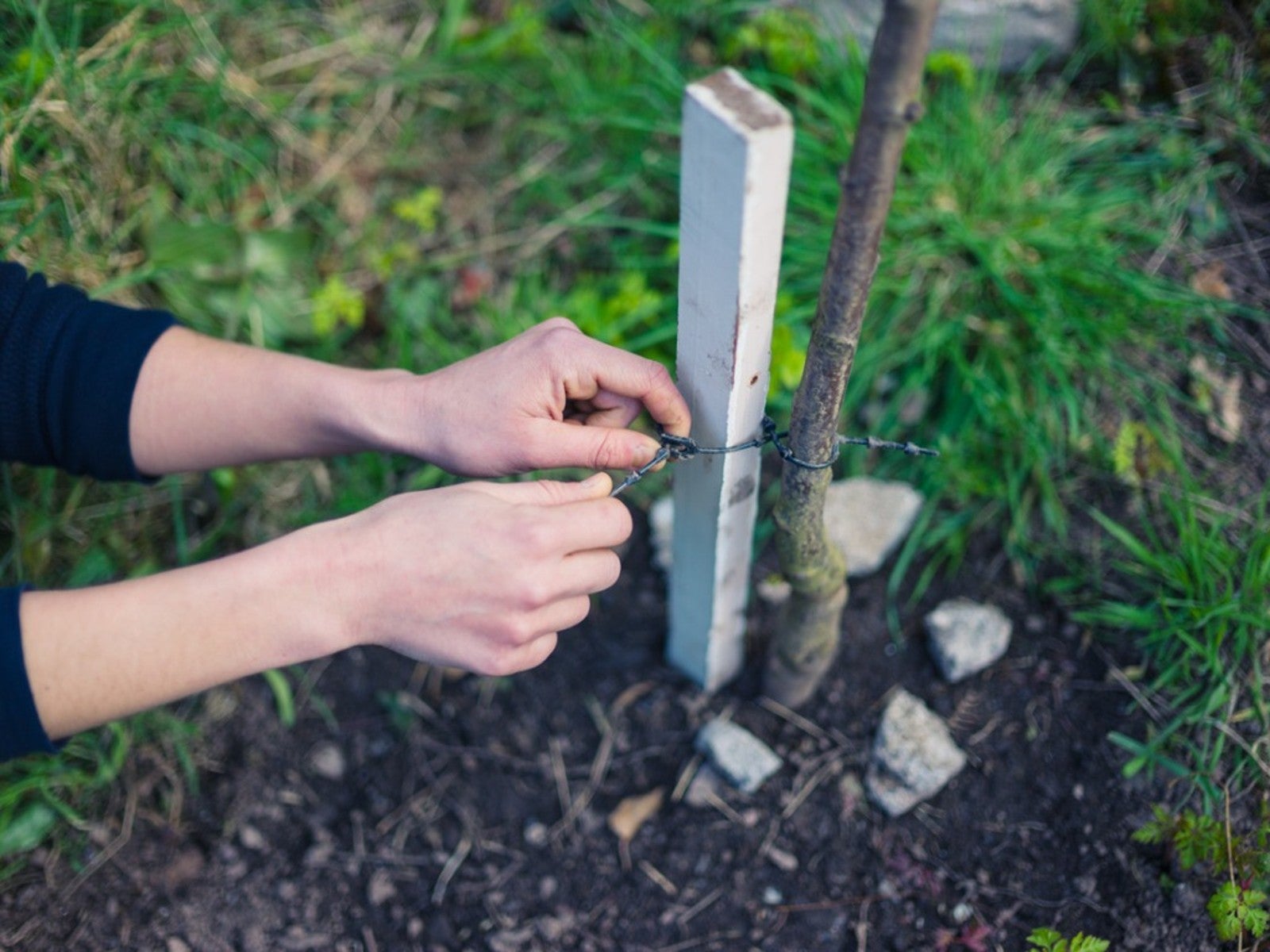 When To Remove Tree Stakes From Saplings
When To Remove Tree Stakes From SaplingsA newly planted tree may grow strong when it’s staked, but don’t forget to remove the stakes when it’s stable.
By Teo Spengler
-
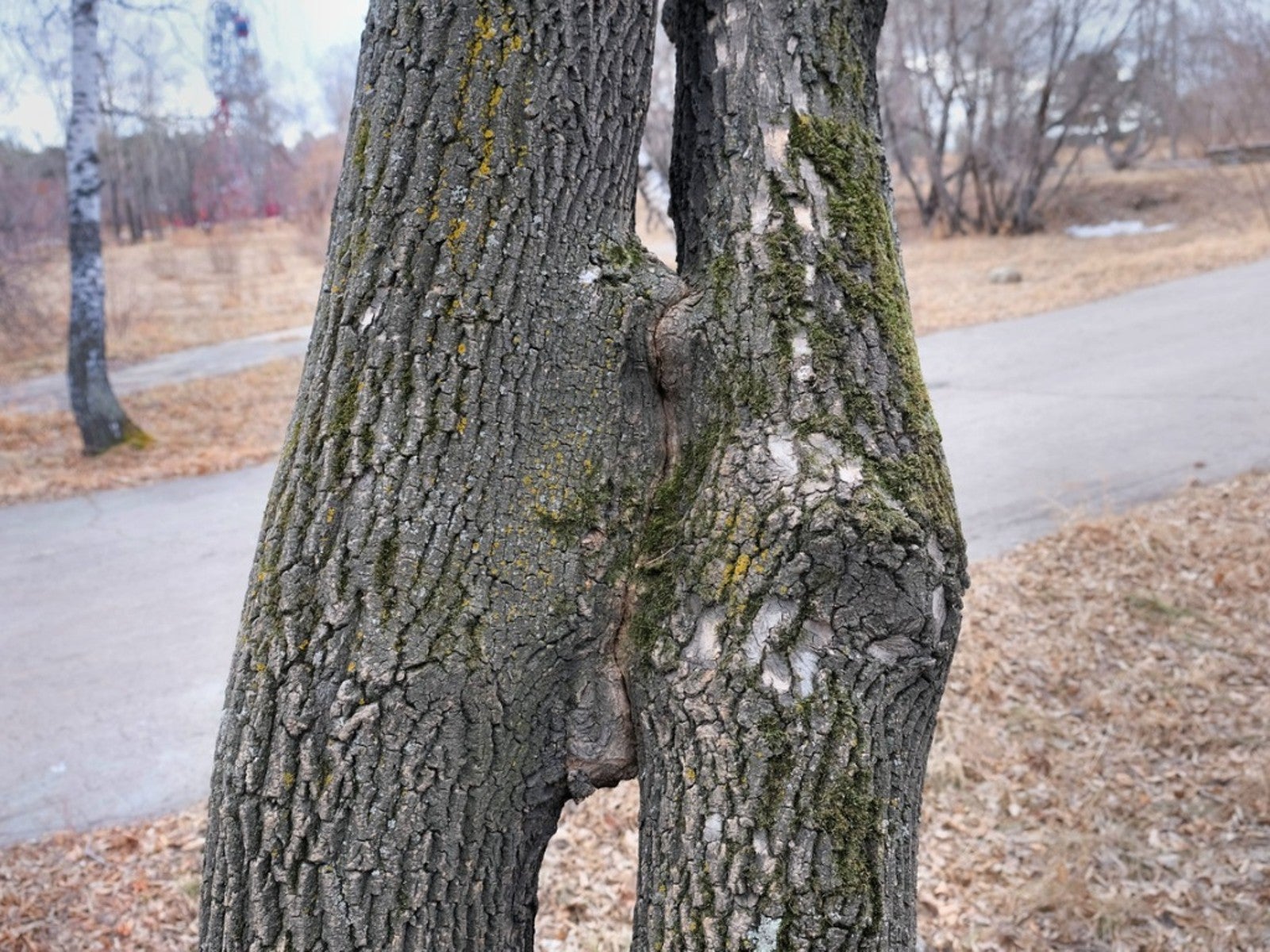 Inosculation And Trees Growing Together
Inosculation And Trees Growing TogetherIf you ever see two trees that have bonded and grown together, read here to learn why and how it happens.
By Teo Spengler